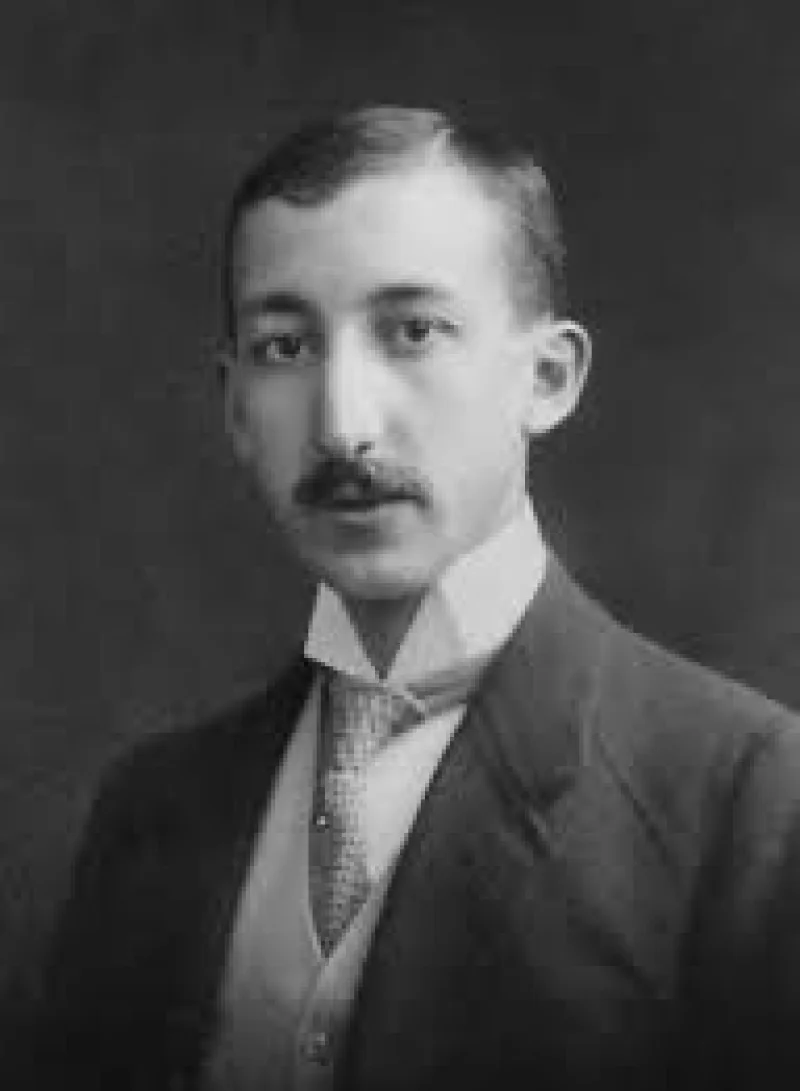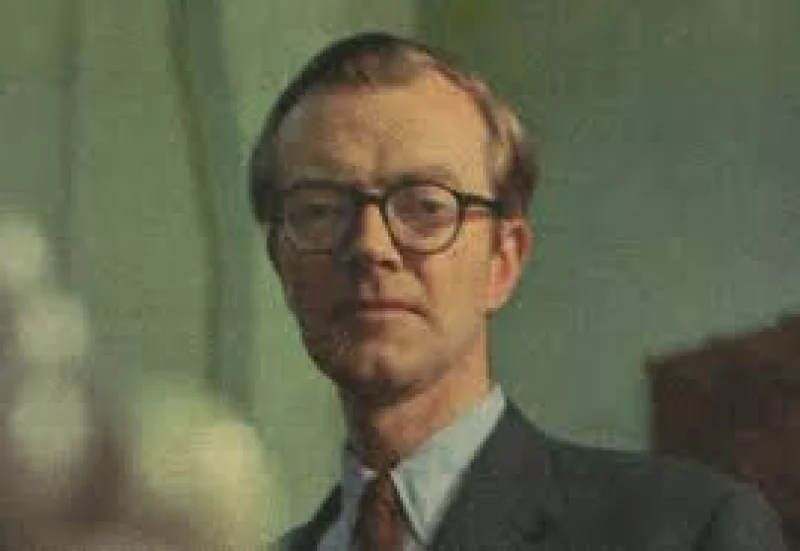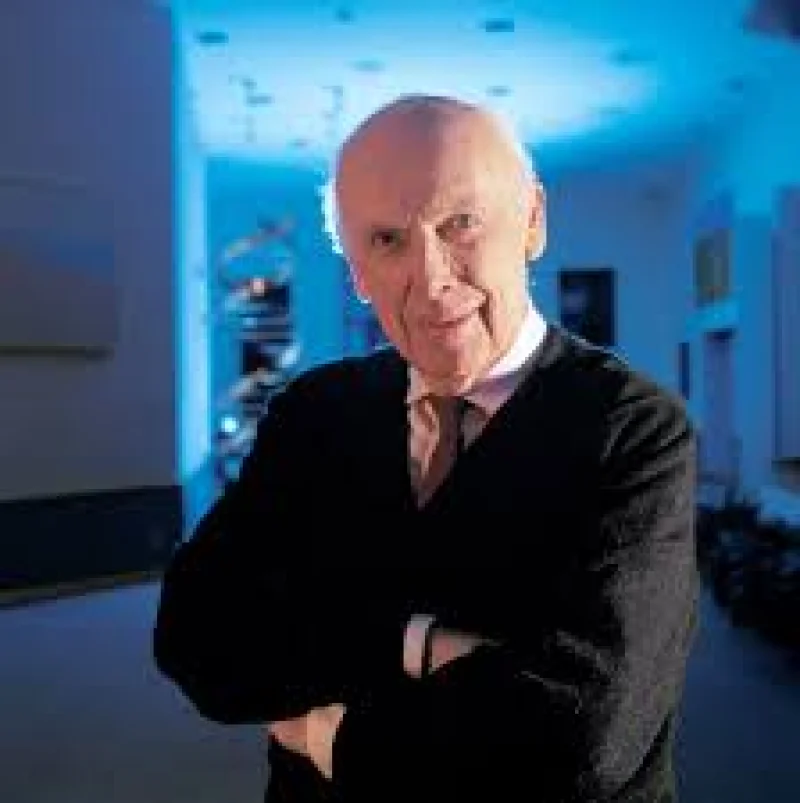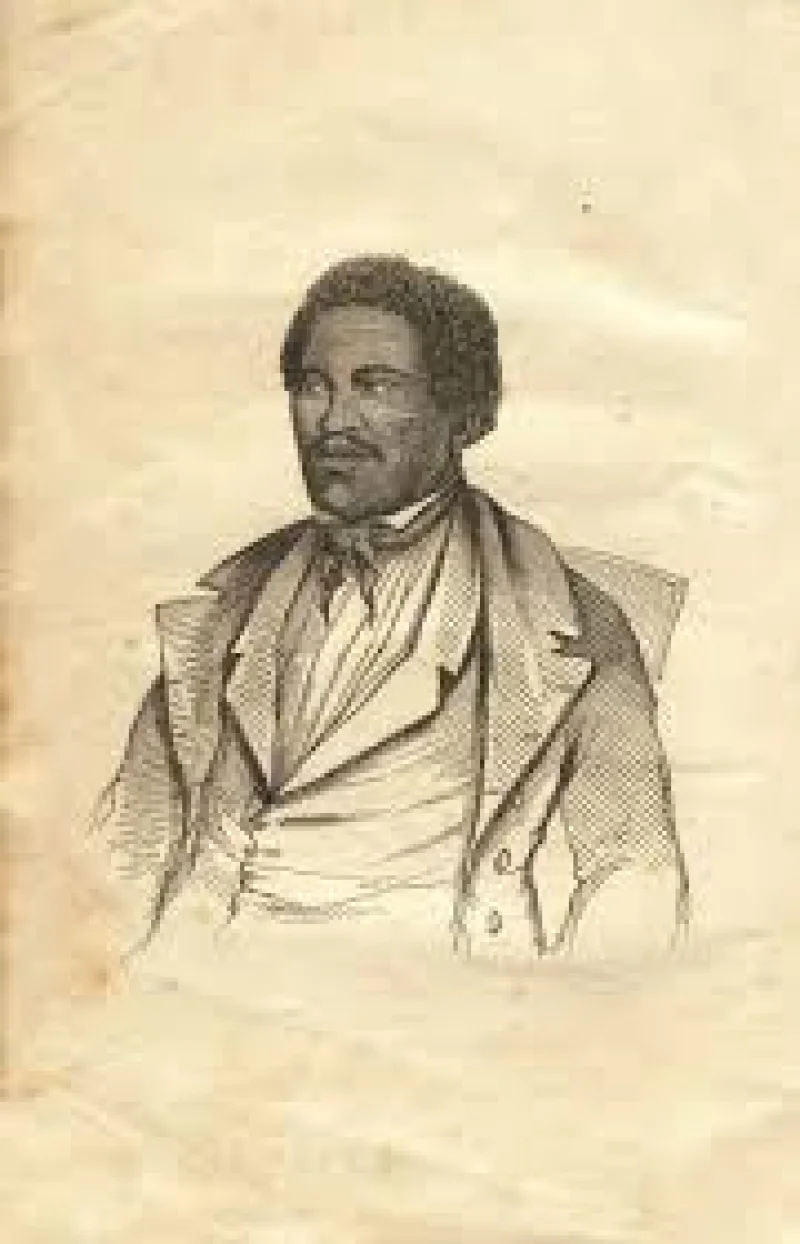Short Summary
George de Hevesy was a Hungarian chemist renowned for his pioneering work in the development of radioactive tracers, which revolutionized scientific research and medicine. He was awarded the Nobel Prize in Chemistry in 1943 for his groundbreaking contributions to the field. His work laid the foundation for nuclear medicine and greatly advanced the understanding of chemical processes in biological systems. De Hevesy's legacy continues to influence scientific research and medical diagnostics today.
Early Life & Education
George de Hevesy was born on August 1, 1885, in Budapest, Hungary, into a wealthy and influential family. He was the fifth of eight children in a family where intellectual pursuits were highly valued. Hevesy attended the Technical University of Budapest before moving to the University of Freiburg, where he studied under prominent scientists such as Georg Franz Julius Meyer. His early education was marked by a strong emphasis on chemistry and physics, which would shape his future career. He later completed his doctoral studies at the University of Freiburg in 1908, laying the groundwork for his future contributions to chemistry.
Career Highlights
George de Hevesy's career was marked by numerous significant achievements in the field of chemistry. After completing his education, he worked with Ernest Rutherford in Manchester, where he began his research on radioactivity. During his tenure at the University of Copenhagen, he collaborated with Niels Bohr, which further expanded his scientific knowledge. In 1913, he introduced the concept of radioactive tracers, which became a crucial tool in biological and chemical research. De Hevesy also played a vital role in the development of the Copenhagen School of Quantum Mechanics and worked at several prestigious institutions throughout his career, leaving a lasting impact on scientific research.
Major Achievements
- Developed the use of radioactive tracers, significantly advancing the fields of chemistry and medicine.
- Won the Nobel Prize in Chemistry in 1943 for his work on the use of isotopes as tracers in the study of chemical processes.
- Contributed to the development of the Copenhagen School of Quantum Mechanics through collaboration with Niels Bohr.
- Played a key role in the discovery of the element hafnium.
- Published numerous influential scientific papers that have shaped modern chemistry and medicine.
Famous Quotes
- "I was a stranger and a foreigner in the world of science, and I found myself in the company of giants."
- "Science is not a closed book but an open one, which we shall never finish reading."
Interesting Facts
- He used radioactive isotopes to prove that lead in ancient artifacts was not of Roman origin.
- During World War II, he dissolved two Nobel Prize medals to prevent them from being confiscated by the Nazis.
- He was a member of the Royal Society, one of the highest honors for a scientist.
- Hevesy initially faced skepticism from his peers regarding the use of radioactive tracers.
- He was an advocate for international scientific collaboration throughout his career.
Legacy / Influence
George de Hevesy's work with radioactive tracers has had a lasting impact on both science and medicine. His contributions laid the groundwork for nuclear medicine, enabling advances in diagnostic imaging and treatment. The techniques he developed continue to be used in research and clinical settings around the world, influencing generations of scientists and medical professionals. His legacy is evident in the continued use of isotopic tracers in a variety of scientific fields.
FAQ
Q: Why is George de Hevesy famous?
A: He is famous for developing the use of radioactive tracers, a groundbreaking achievement in chemistry and medicine.
Q: What did he win the Nobel Prize for?
A: He won the Nobel Prize in Chemistry in 1943 for his work on the use of isotopes as tracers in the study of chemical processes.
Q: What element did he help discover?
A: He played a role in the discovery of the element hafnium.
Q: Where did he conduct most of his research?
A: He conducted research at various institutions, including the University of Copenhagen and the University of Freiburg.












